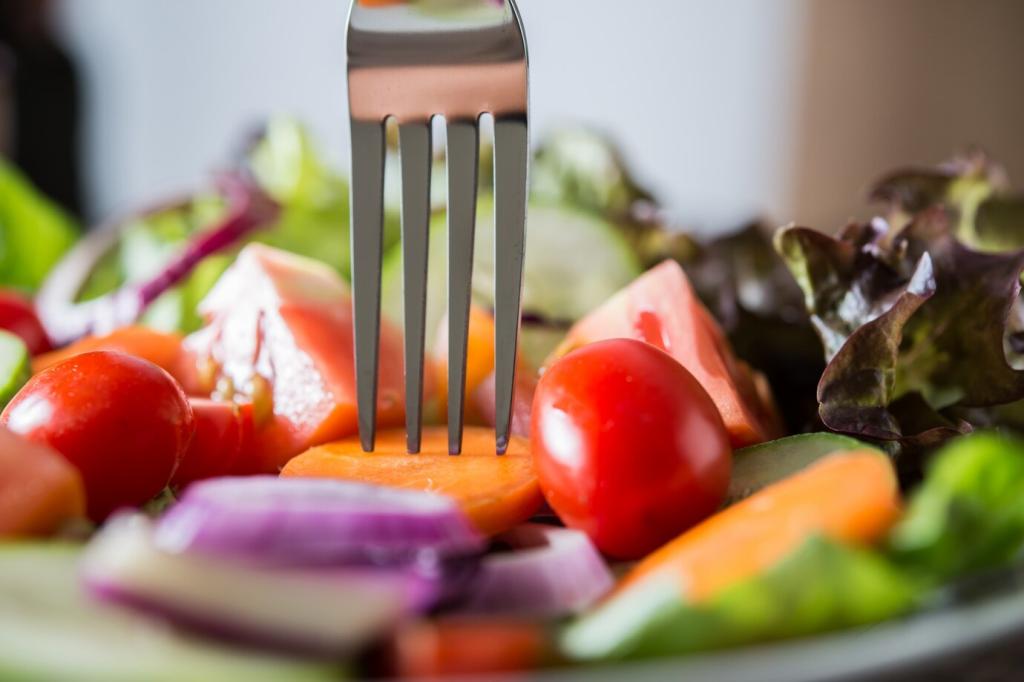Make It Practical and Share
Right after your next workout, assemble a plate with a clear carbohydrate anchor, a supportive protein, and a hydrating element. Snap a photo, note how you feel later, and refine the mix tomorrow.
Make It Practical and Share
Comment with the carbohydrate foods that sit best after training—brand, flavor, or quick recipe. Your ideas can help another athlete recover better, and you might discover a new go-to option for busy days.




